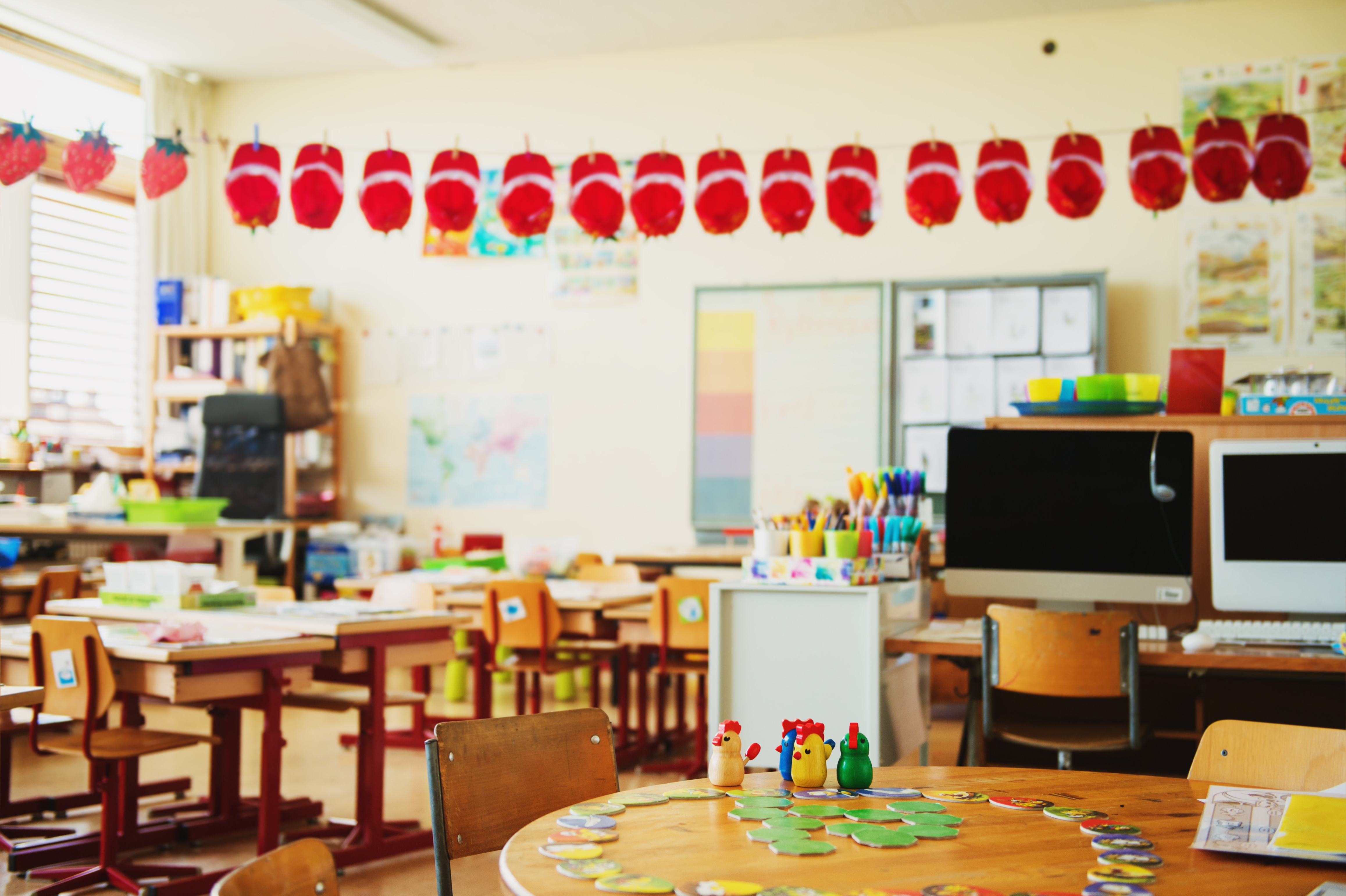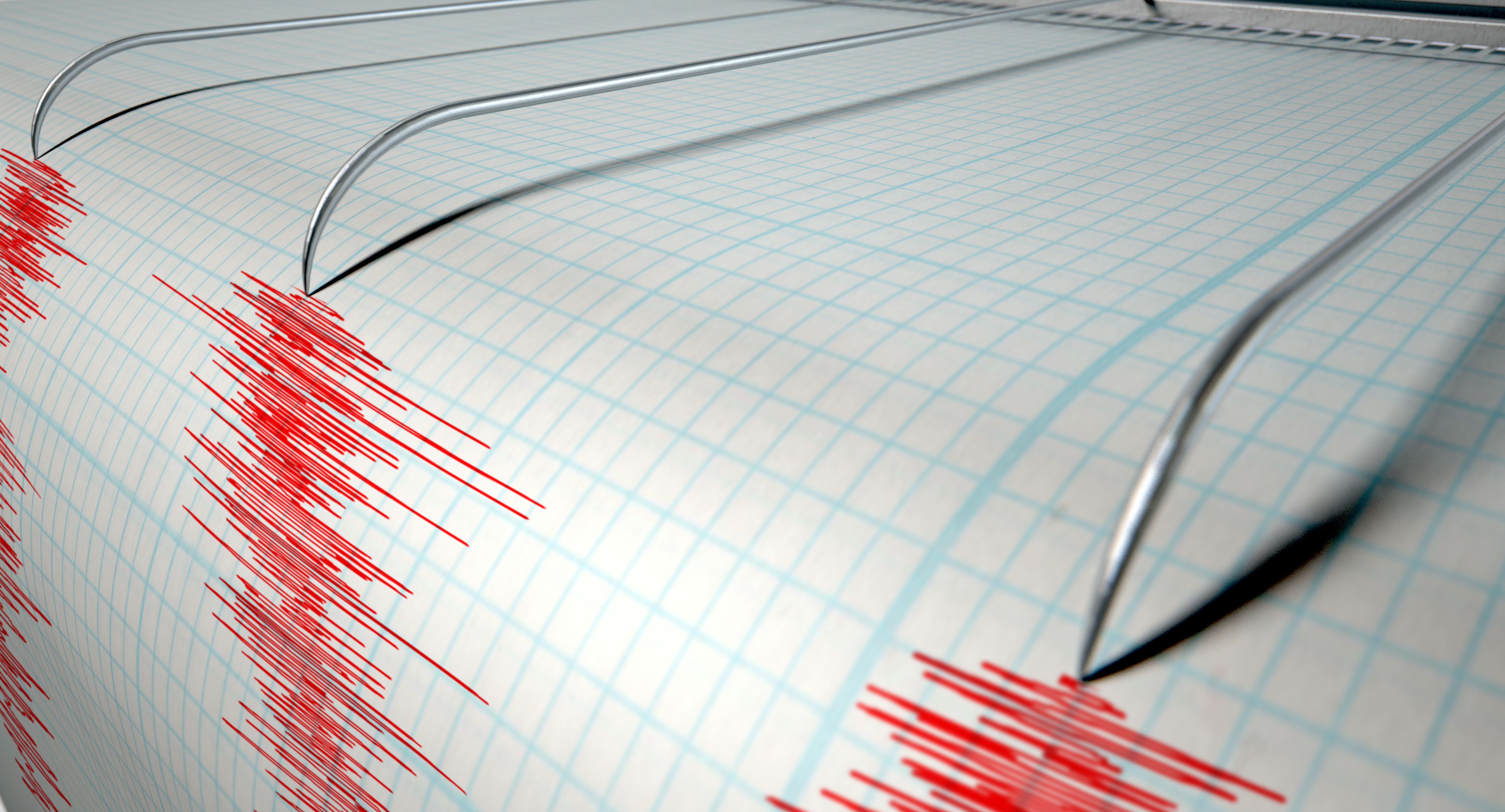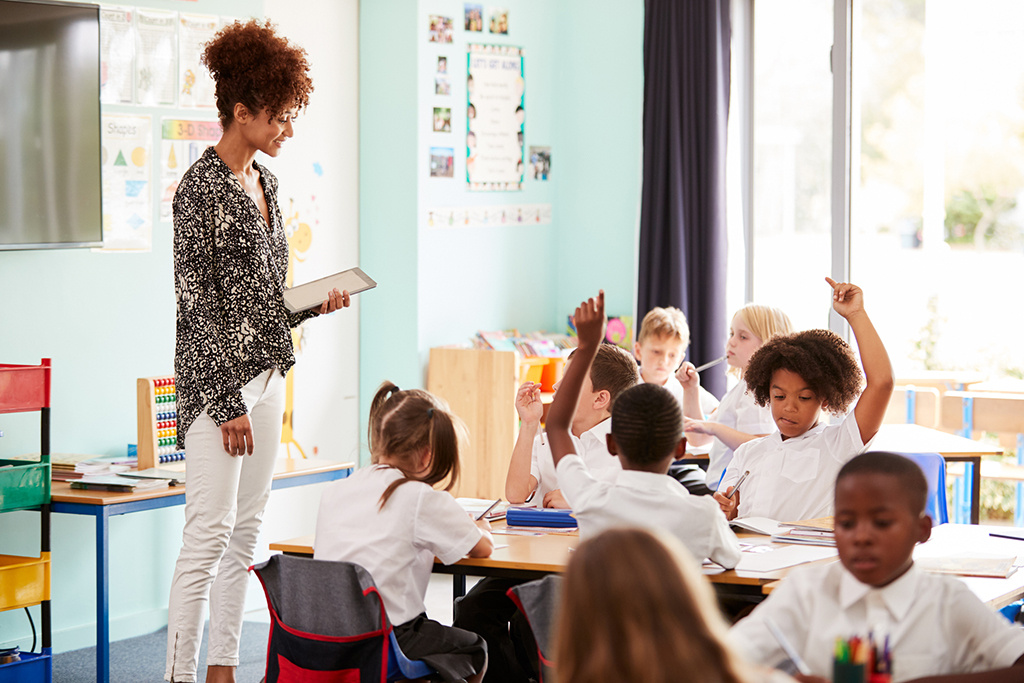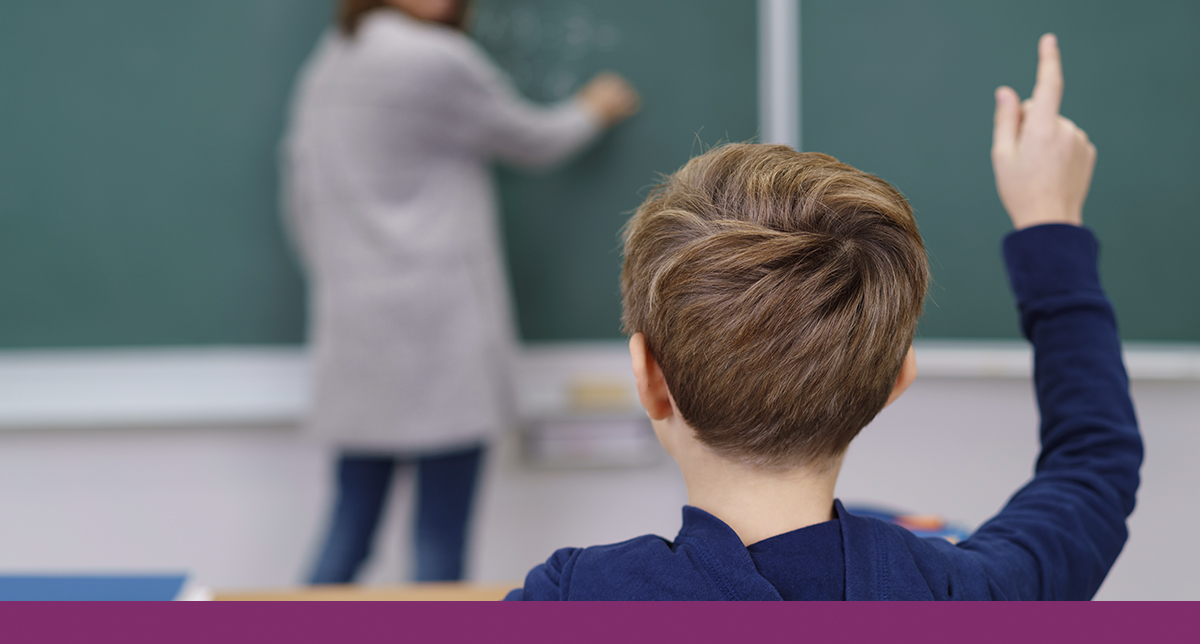It Started with a Question
Two years in, we’re building the early warning system schools have always needed. I had my second depressive episode in November 2022. It took time,...
3 min read
Todd Feldman
:
Apr 4, 2025 8:30:00 AM

Why we’re creating the Predictive Prevention category in mental health — before more kids fall through the cracks
On March 25, just two hours from our headquarters in Richmond, a family in Roanoke County experienced an unimaginable loss. Their 10-year-old daughter, Autumn Bushman, passed away unexpectedly, leaving behind a community in shock and grief. She was known for her bright spirit, her love of archery and cheerleading, and her deep connection to those around her.
Her family has shared that there were no warning signs. Autumn seemed happy. Engaged. Thriving. But like far too many children, she was quietly struggling — and no one knew.
As a founder, a father, and someone who has lived through my own battles with mental health, stories like Autumn’s hit hard.
The story broke my heart.
But they also reveal a deeper, structural truth: we do not have the systems in place to catch kids before they fall.
We talk about prevention in mental health all the time. But let’s be honest — we’re not really doing it.
Not at scale.
Not systematically.
Not in ways that match the complexity and pace of what our kids are facing today.
Every school has something called a “mental health program.” Maybe it’s a handful of SEL lessons. Maybe it’s a QR code on the wall for a mindfulness app. Maybe there’s a counselor who’s doing their absolute best with a caseload four times too large.
We’re calling these things prevention.
But they aren’t.
They’re reactive. Episodic. Surface-level.
And they come far too late.
You can’t prevent what you can’t predict. And right now, most schools can’t see risk until it becomes crisis.
That’s not prevention. That’s triage.
Mental illness is now the defining health crisis of our youth.
But this crisis isn’t just about rising numbers. It’s about a growing mismatch between the world our kids are living in — and the systems meant to support them.
Dr. Jonathan Haidt calls it the Age of Anxiety. A time when we’ve overprotected kids in the real world, and underprotected them in the virtual one. Kids are navigating adult stressors with undeveloped coping systems. They’re internalizing stress before they even have language for it.
And in schools, we’ve left teachers and counselors to pick up the pieces without tools for early detection or systemic insight. It’s a perfect storm of silence, stigma, and missed signals.
At Ceresant Solutions, we were founded to solve the hardest challenges in brain health — starting with youth.
Our first product, BrainDash™, is a breakthrough early warning system for schools. But more importantly, it’s the first expression of a new category we believe must exist: Predictive Prevention.
To be clear, the phrase “predictive prevention” has appeared in healthcare contexts before. Public health agencies have used it to describe the use of data and technology to anticipate issues. It’s been mentioned in cybersecurity, too.
But no one has defined Predictive Prevention as a healthcare category. No one has built the systems to make it real — especially in mental health.
We are.
Predictive Prevention is not a wellness program. It’s not therapy. It’s not another app.
It’s a new layer of infrastructure that:
It’s what brings the Four Ps of Medicine to life:
BrainDash is our first step. It’s a clinically validated, AI-powered platform that connects:
It gives schools an actual system — not just a patchwork of tools — for identifying at-risk students before they reach crisis.
And let’s be clear: BrainDash is not a diagnostic or treatment tool. It doesn’t replace counseling. It makes it smarter, earlier, and more effective.
We believe Predictive Prevention is a necessary evolution — the missing layer in mental health care. It has the power to:
And it doesn’t stop with schools. Over time, this infrastructure can extend to colleges, workplaces, even elder care. Wherever the brain goes, Predictive Prevention should follow.
We align our work with UN Sustainable Development Goal 3.4: reducing premature mortality through prevention and mental health promotion.
We can never undo the pain of losing Autumn. But we can honor her memory — and the memory of countless other young lives lost too soon — by doing better.
By building systems that see kids earlier. By making prevention real. By refusing to look away.
Let’s build a world where we don’t wait for breakdowns.
Let’s build a world where we finally mean what we say when we talk about prevention.
Let’s make Predictive Prevention real — together.

Two years in, we’re building the early warning system schools have always needed. I had my second depressive episode in November 2022. It took time,...

Yesterday, a wellness director at an independent school asked me a question that stopped me in my tracks: “So you think schools are the new frontline...

A new study published in JAMA confirms what many of us in clinical neuroscience and rehabilitation have been seeing for years: American children are...